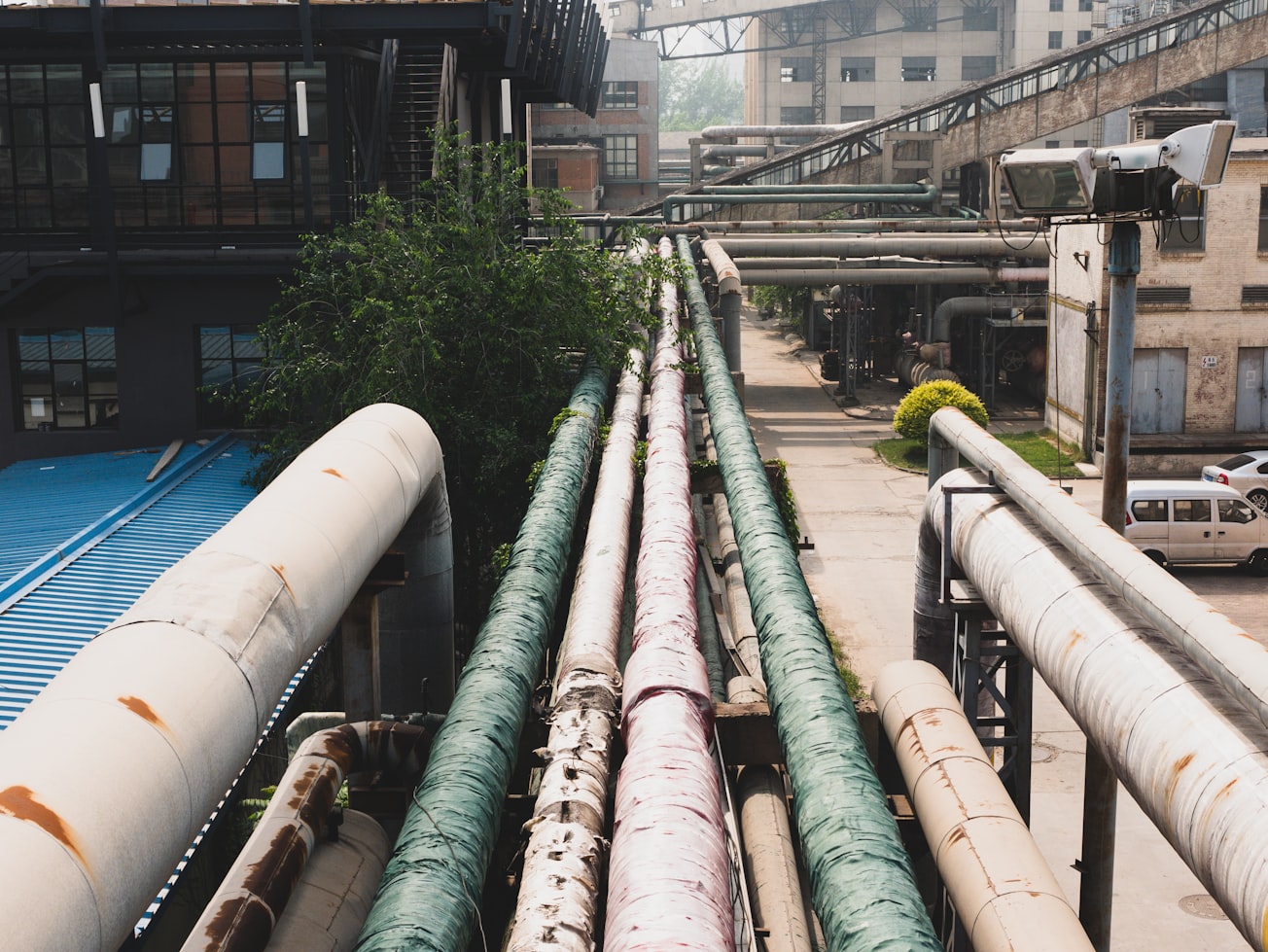What is it about?
In real gas, the compressibility factor (Z-factor) is not constant as in ideal gas. We consider an affine linear compressibility factor and the corresponding stationary states on gas pipeline networks. On each pipe, the stationary states satisfy an ordinary differential equation. The pipes are coupled by algebraic node conditions that require the conservation of mass and the continuity of the pressure at the node. The stationary states on the network are constructed inductively. For the induction step, the number of cyles in the network graph is essential.
Featured Image

Photo by Fabio Sasso on Unsplash
Why is it important?
The optimization of the operation of gas networks is often based upon stationary states. Therefore it is important to know that for real gas models these stationary states exist and how they can be computed analytically. Using the explicit representation of the stationary states on the pipes, discretization errors that are generated by numerical solutions of the ordinary differential equations can be avoided.
Perspectives
In this paper, a simple model for the Z-factor is used. The construction of the stationary states is based upon natural monotonicity properties of the solutions that we also expect to hold for other models of the Z-factor.
Martin Gugat
Friedrich-Alexander-Universitat Erlangen-Nurnberg
Read the Original
This page is a summary of: Networks of pipelines for gas with nonconstant compressibility factor: stationary states, Computational and Applied Mathematics, September 2016, Springer Science + Business Media,
DOI: 10.1007/s40314-016-0383-z.
You can read the full text:
Contributors
The following have contributed to this page







